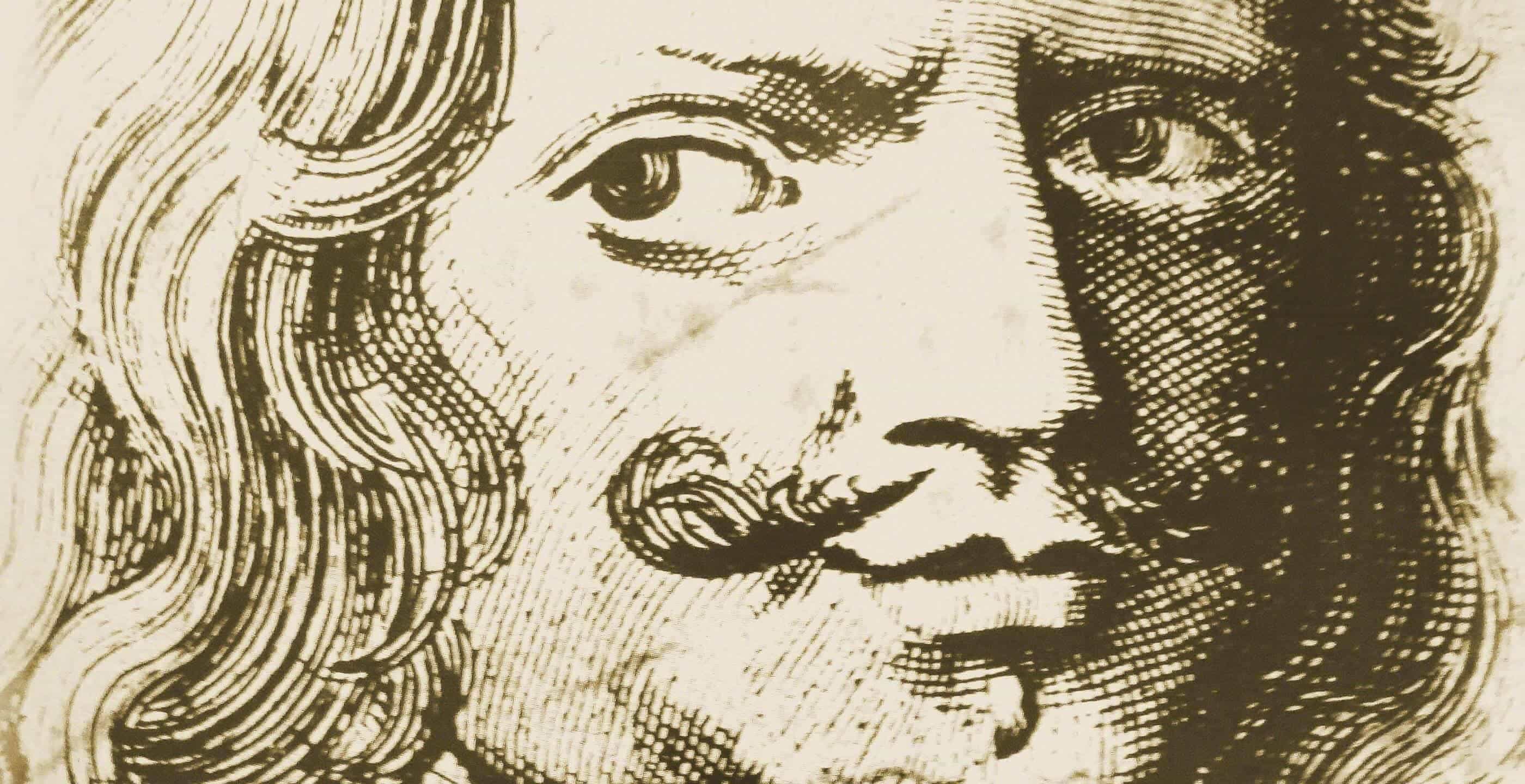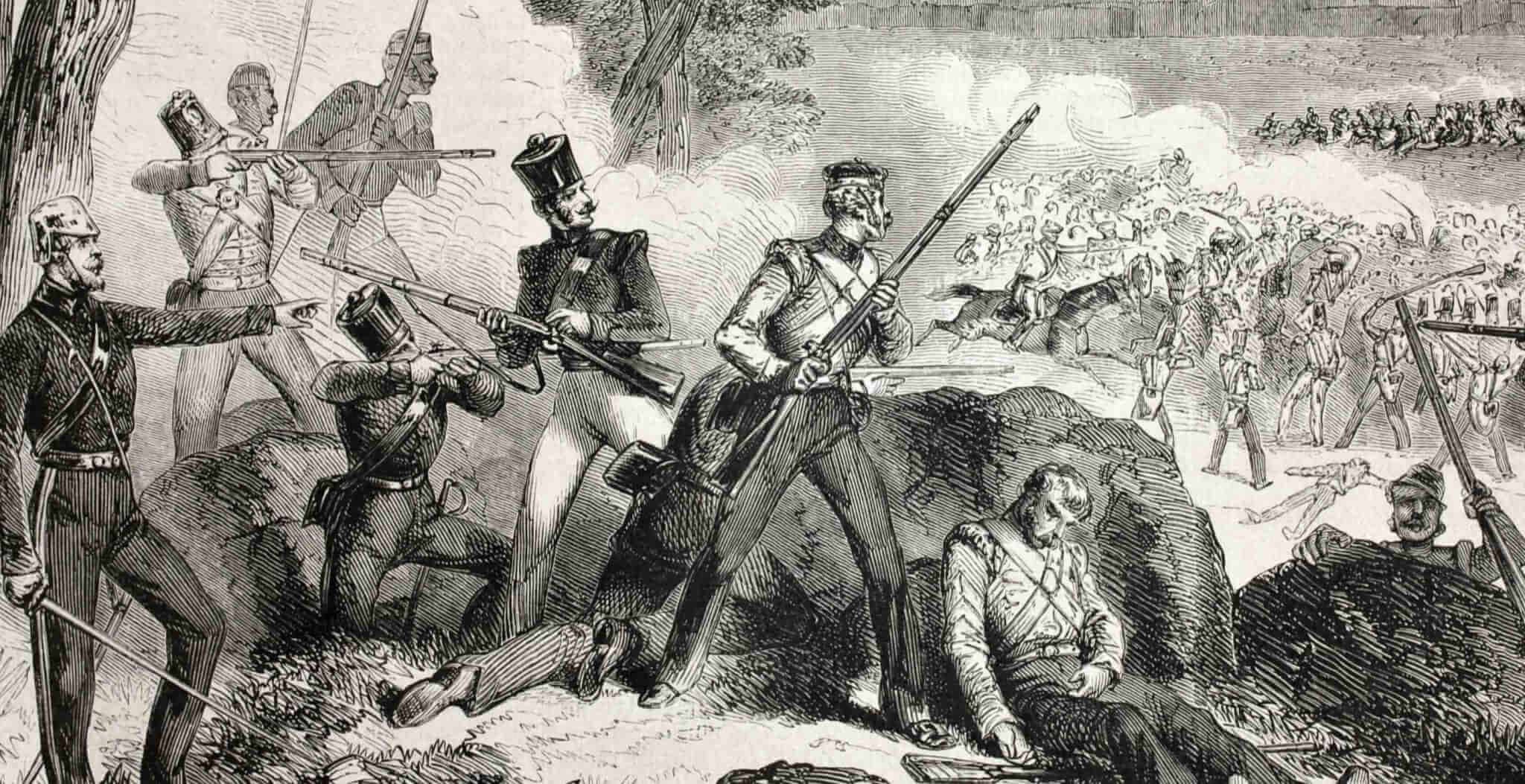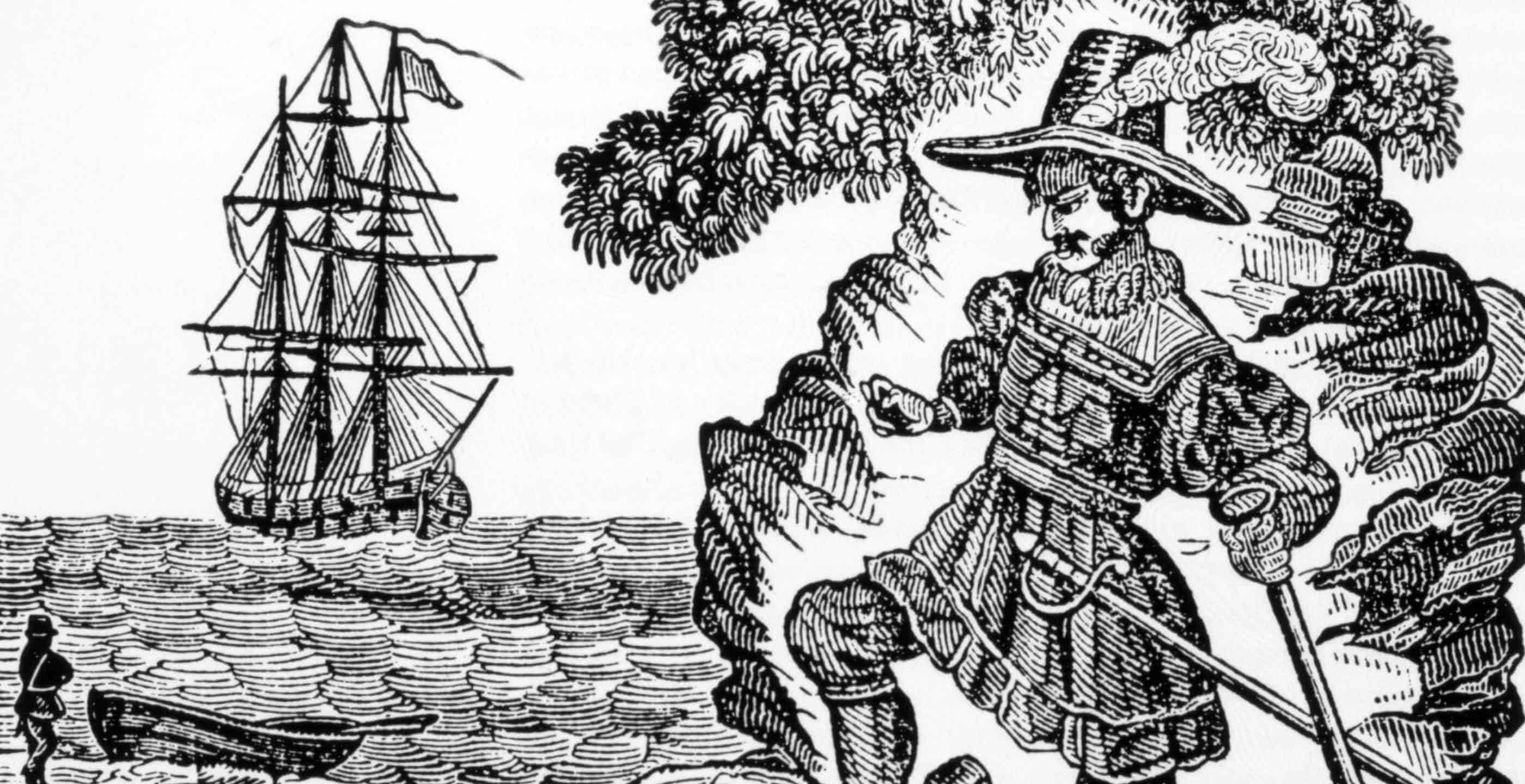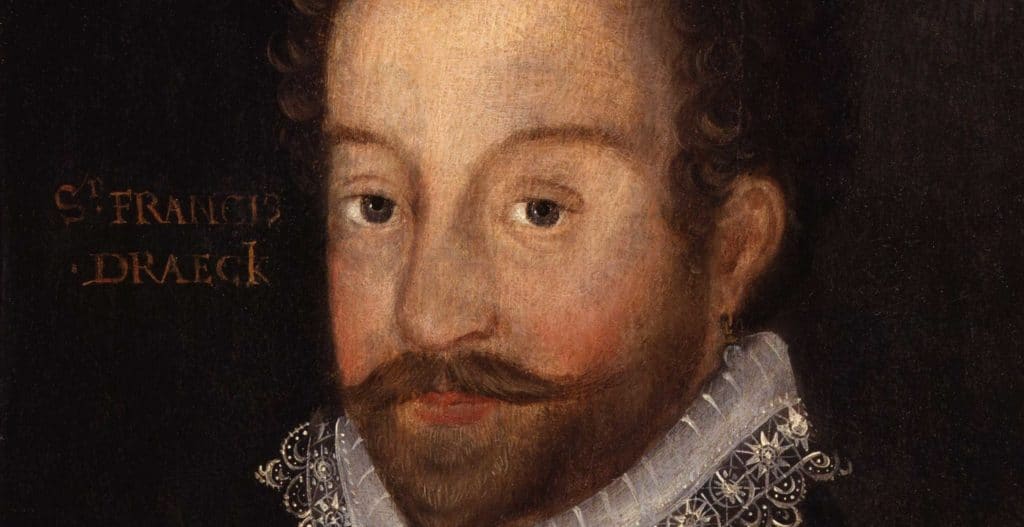Captain Morgan – famous today as the face of a brand of spiced rum. But who was he? Pirate? Privateer? Politician?
He was born in 1635 in Llanrhymny, then a village between Cardiff and Newport, in South Wales, to a prosperous farming family. It is believed he spent his childhood in Wales but how he came from Wales to the West Indies is uncertain.
In one version he was ‘barbadosed’ or kidnapped and sent to work as an indentured servant in Barbados. This version was put forward by Alexandre Exquemelin, Morgan’s surgeon in Panama, in his writings which were translated into English, …the Unparallel’d Exploits of Sir Henry Morgan, our English (sic) Jamaican hero…However when Morgan heard of these publications, he sued and Exquemelin was forced to retract this version. (This book is also responsible for Morgan’s notorious reputation, as Exquemelin alleges horrific atrocities on Spanish civilians by the privateers.)
The most accepted version is that in 1654 Henry joined Cromwell’s troops under General Venables in Portsmouth. Cromwell had decided to send an army to the Caribbean to attack the Spanish.
Morgan arrived at Barbados in 1655 as a junior officer in Cromwell’s forces and took part in the unsuccessful attack on Santo Domingo before taking Jamaica, a then largely undeveloped but strategically positioned island with a large natural harbour, from the Spanish. Life on Jamaica was hard, with diseases such as yellow fever and attacks on the British by Maroons (runaway slaves), yet Morgan survived.
After the Restoration of the Monarchy in 1660, Henry’s uncle Edward was appointed Lieutenant Governor of Jamaica. Henry later married his uncle’s daughter, Mary Elizabeth Morgan in 1665.
By 1662 Henry Morgan had his first command as a captain of a privateer ship involved in an attack on Santiago de Cuba. A privateer was empowered by the British government, or a representative of the government such as the Governor of Jamaica, to raid and attack the Spanish on England’s behalf. Privateers were allowed to keep some of their plunder for themselves. So in a way, privateers could be thought of as ‘legal’ pirates.
After several successful campaigns against the Spanish, by 1665 Morgan was already a wealthy man with sugar plantations on Jamaica, becoming a man of some status on the island. His fame was also spreading, particularly after the successful attack on Puerto Bello in Panama in 1666 during which he took the town, held the residents to ransom and then beat off a force of 3000 Spanish soldiers, to return with an enormous amount of booty.
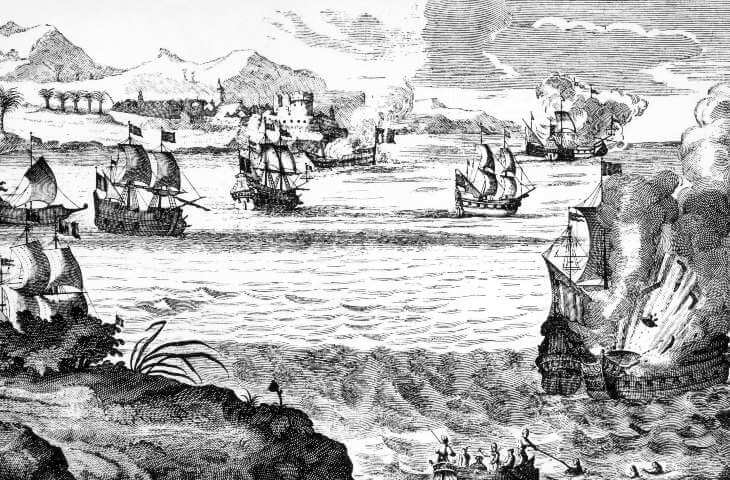
In 1666 he was made Colonel of the Port Royal Militia and elected Admiral by his fellow privateers. The ‘king of the privateers’ was then appointed Commander-in-chief of all Jamaican forces in 1669, and by 1670 he had 36 ships and 1800 men under his command.
In 1671 he led an attack on Panama City, the capital city of Spanish America and reputed to be one of the wealthiest cities in the world, a great prize for privateers. Although outnumbered by the Spanish, Morgan’s reputation preceded him; the defenders fled and the city fell, burning to the ground. However all the gold and silver had already been moved to safety before Morgan’ attack.
To make things worse, it appeared a treaty had been signed between England and Spain, and the attack on Panama had actually taken place at a time of peace between the two countries. Word of the treaty had not reached Morgan in time to stop the attack.
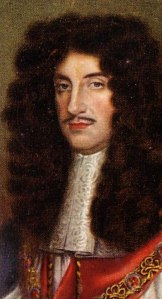 To appease the Spanish, an order to arrest Morgan was sent to the Governor of Jamaica who was at first reluctant to arrest his island’s most famous resident. However Morgan was transported to London under arrest where he remained a prisoner of state, charged with piracy.
To appease the Spanish, an order to arrest Morgan was sent to the Governor of Jamaica who was at first reluctant to arrest his island’s most famous resident. However Morgan was transported to London under arrest where he remained a prisoner of state, charged with piracy.
Back in Jamaica, without their leader the privateers were reluctant to engage the enemy and England was now at war again with Holland. Hearing of the troubles in the Caribbean and the risks to the very lucrative sugar trade, King Charles II (right) enlisted the help of the notorious Captain Morgan. The charismatic ‘pirate’ Morgan was knighted by the King and returned to Jamaica in 1674 as Lieutenant Governor.
Morgan spent the rest of his life in Jamaica in Port Royal, a city infamous as the capital of piracy, where he spent his time on politics, his sugar plantations and drinking rum with his old privateer comrades. The exact cause of his death on August 25th 1688 aged 53 is uncertain; some sources say tuberculosis, whilst others cite acute alcoholism. At the time of his death he was a very wealthy man indeed, with large sugar plantations and 109 slaves.
Thanks to the ‘biographer’ Exquemelin and his tales of piratical exploits (and a brand of spiced rum!), Captain Morgan’s fame – or infamy – lives on.
